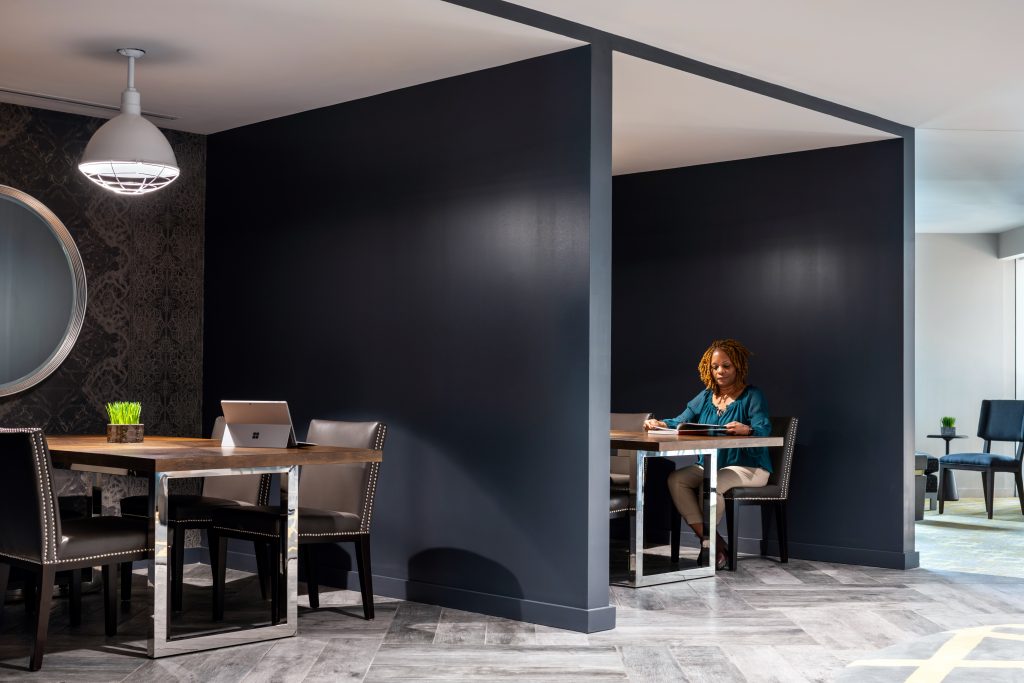Applying Lessons Learned from COVID-19
Well before the global pandemic, people were averaging 90% of their lives indoors. Having experienced social distancing, remote work, and mandatory quarantines, that figure felt more accurate than ever in 2020. As we emerge from this pivotal moment in history into what comes next, these experiences will shape new relationships with our home, community, and the environment for years to come.

People-First Approach
With a renewed focus on our health and wellbeing, we’re conscious of how our surroundings impact us. COVID accelerated the trends towards health-oriented design strategies and combined with our collective sustainability goals has strengthened our mission. Our team of LEED, WELL, and Fitwel certified experts spearhead our efforts towards educating clients on the most beneficial and cost effective wellness strategies and green building certification programs designed to improve productivity and mood, reduce stress, and increase occupant satisfaction.
Modern Multifamily
The unprecedented amount of time we spent at home has fundamentally altered the role it plays in our everyday life, forcing our homes to serve more functions than ever before—high-performing workplace, flexible gym, stimulating school, entertainment hub, and safe haven. Stretching our personal space to its limits has shown a spotlight on what works and what doesn’t, and prompted the entire population to think more intentionally about how the residential environment meets their needs.
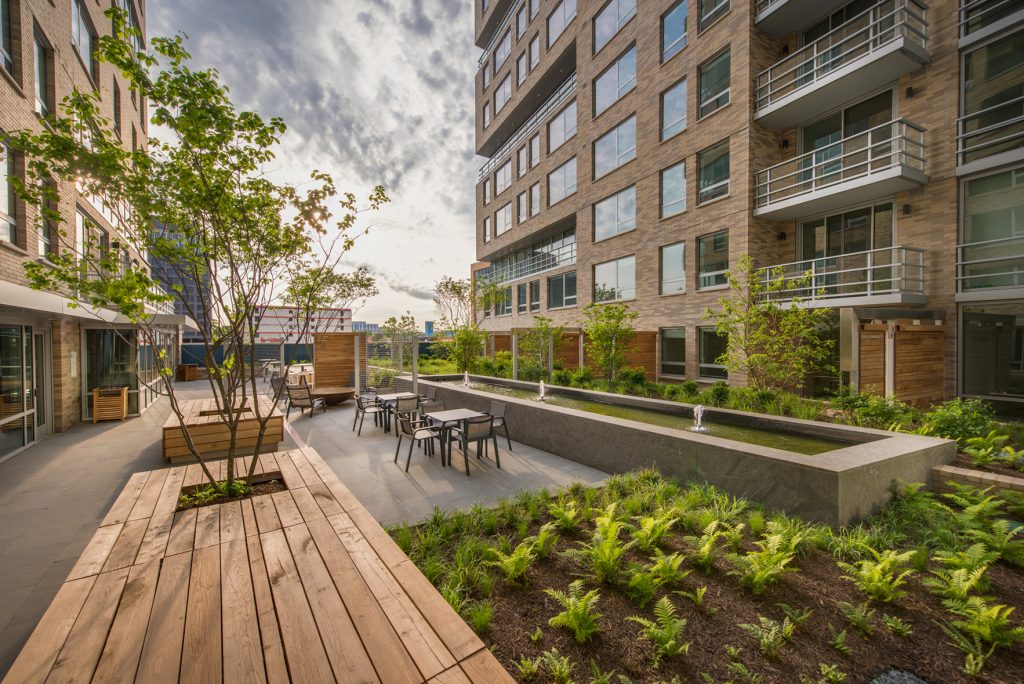

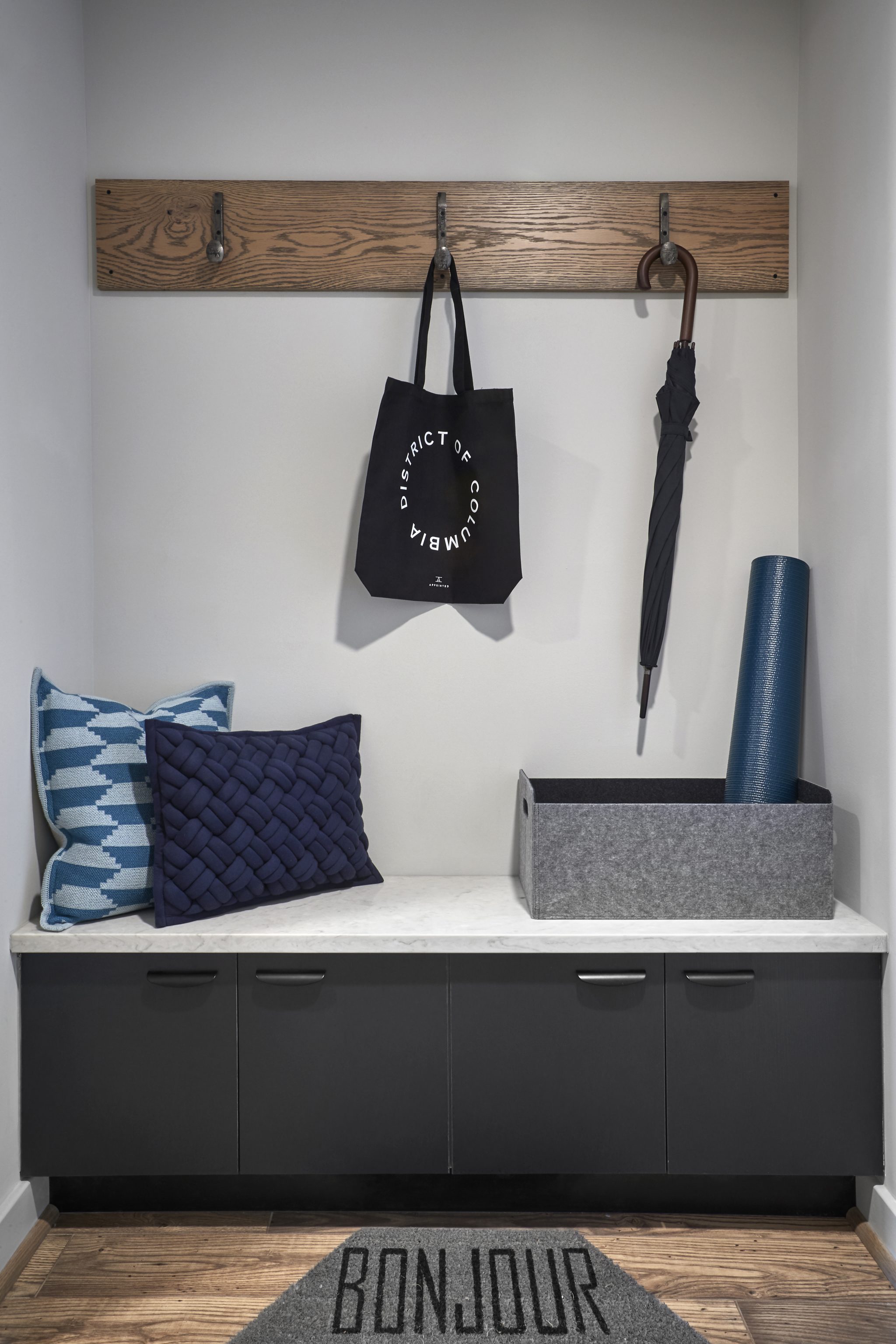
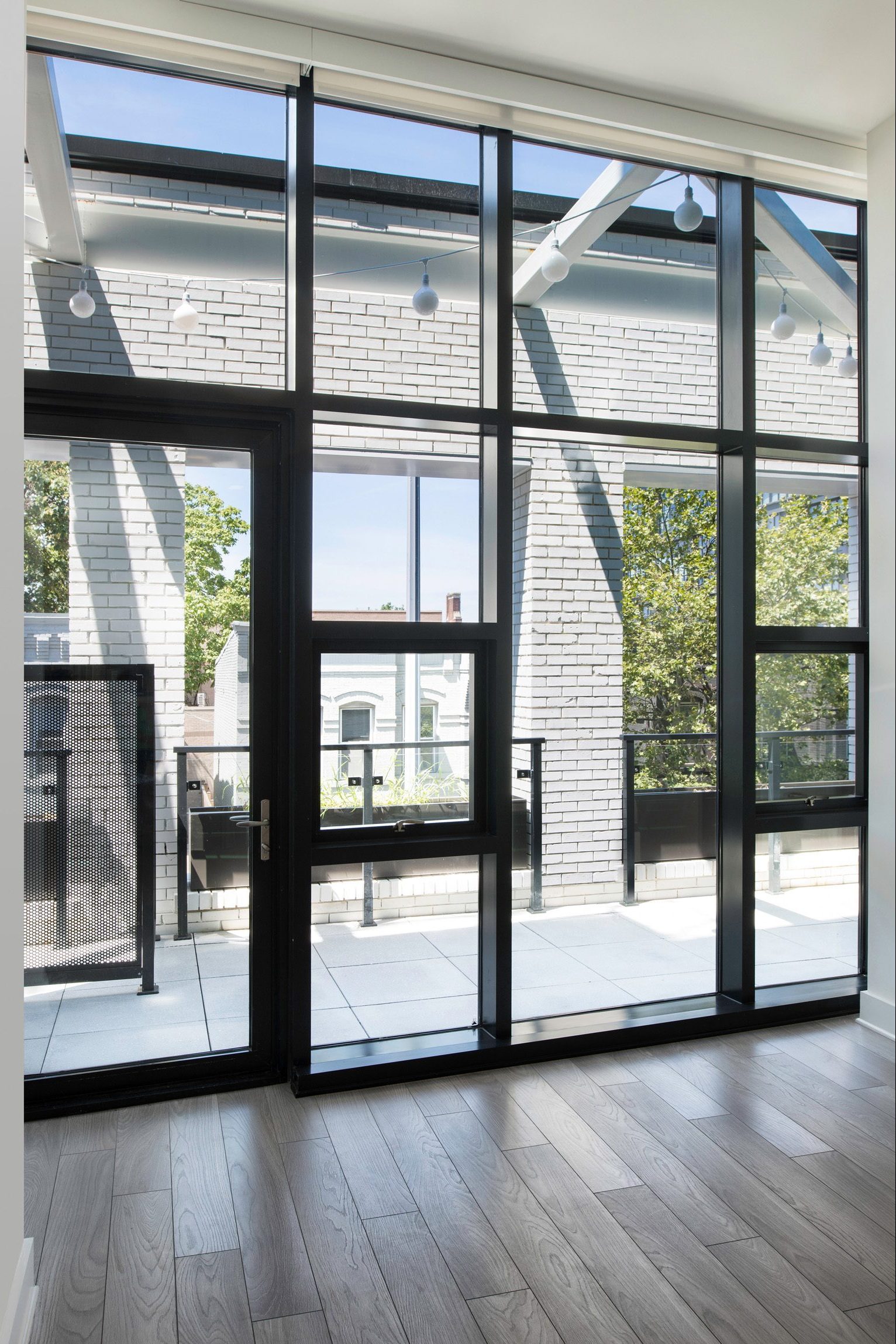

WELL at Work
We’re confident in the longevity of the office as a place–including our own. Its purpose, on the other hand, has intrinsically shifted. With remote work and flexible hours on the table, the modern worker will seek out office environments for collaborative, educational, and social opportunities. In addition to comfortable environments conducive to improving productivity and overall wellbeing, flexible workstations, integrated, seamless technology, and branded environments are key to the future of workplace design.
The way we work has changed. For some, the ability to tackle focus work needs to extend beyond the desk to avoid interruption and maximize productivity. The office has transitioned from a daily must to a purpose-driven destination, supplementing with the tools our homes inherently lack. Thinking hard about how users need to interact and why will ensure you design spaces worth coming in for. Layered into all of these strategies is the integrated technology that makes hybrid work not only possible but seamless–with considerations that address inclusion and equity among coworkers with differing needs and locations.

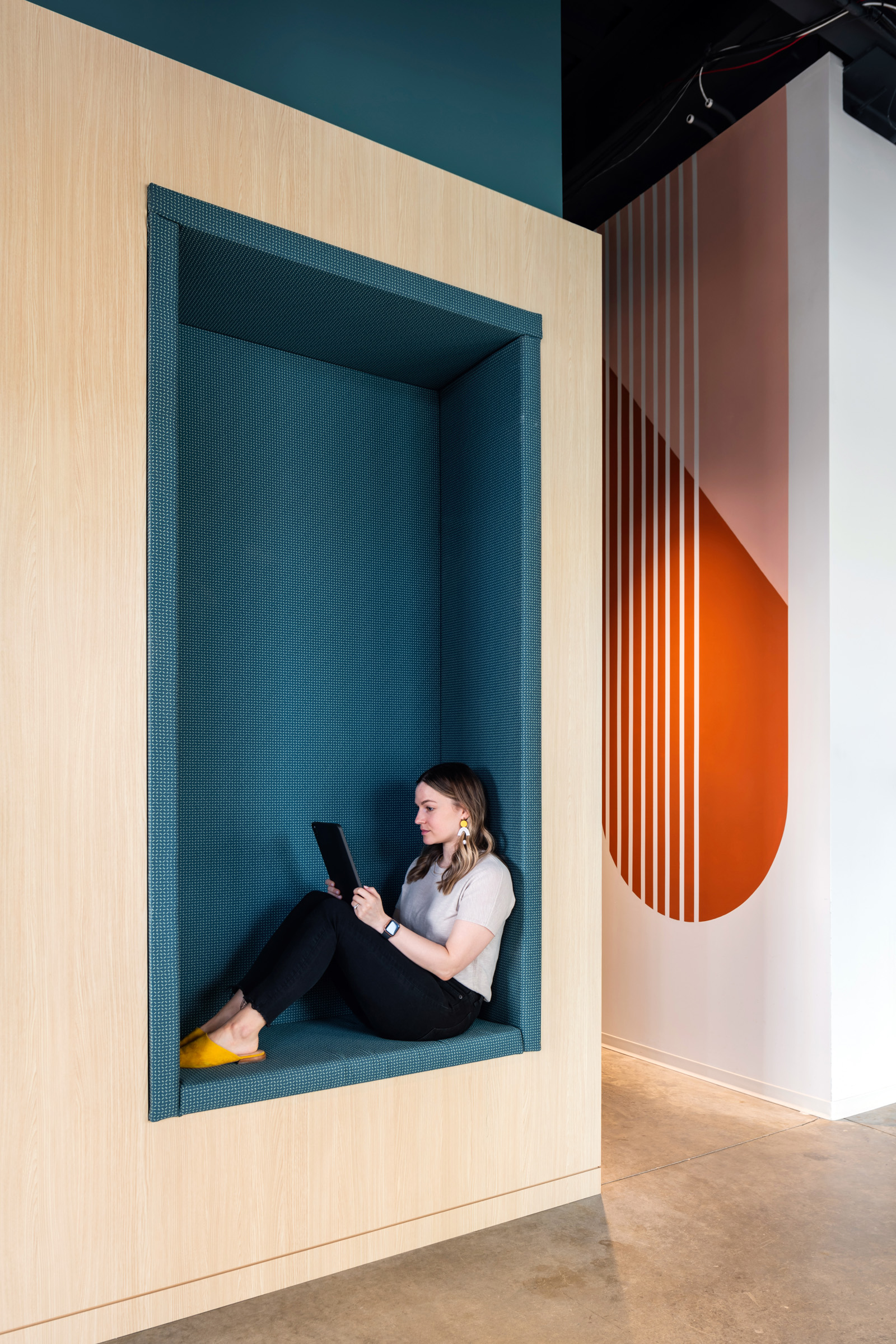
Brand Values Matter
The pandemic shed light on some of the biggest societal issues plaguing our country, prompting a major digital revolution calling on major corporations for transparency and commitments. Social media remains one of the easiest and most effective ways to communicate with tenants, clients, and customers. CRE company’s need to reflect on their entire brand starting with their values and mission to their office culture.
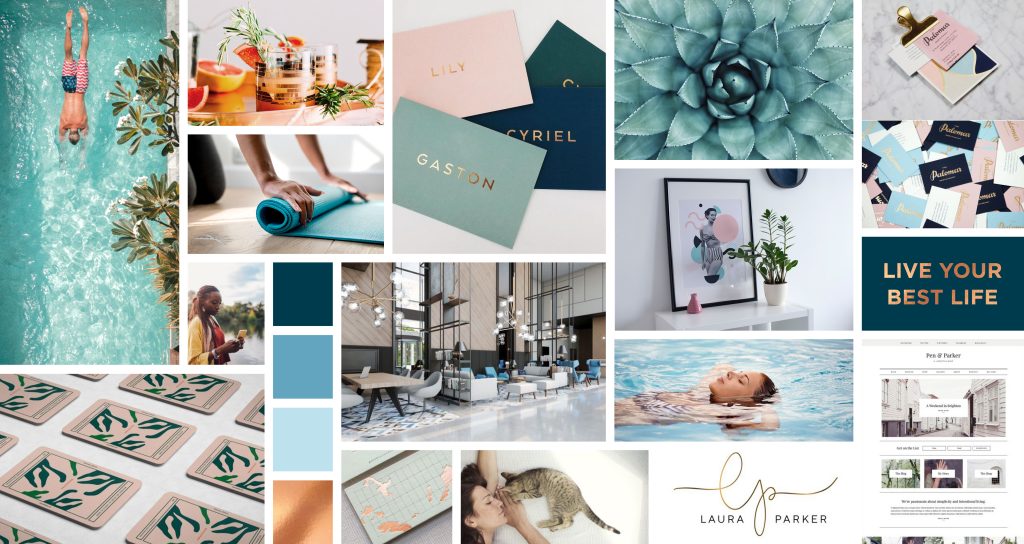
Back to Better
While our experience with COVID-19 isn’t over, the past two years have reminded us of the true definition of resiliency. Our collective appreciation for the world around us, the luxuries it affords, and how quickly it can all be taken away has been heightened. As we enter this next chapter–whatever shape it takes–we’re committed to recalling the lessons we learned, applying them to our work, and perpetually improving upon the status quo.

